Xanthium sibiricum
Xanthium sibiricum
1. The products in our compound library are selected from thousands of unique natural products; 2. It has the characteristics of diverse structure, diverse sources and wide coverage of activities; 3. Provide information on the activity of products from major journals, patents and research reports around the world, providing theoretical direction and research basis for further research and screening; 4. Free combination according to the type, source, target and disease of natural product; 5. The compound powder is placed in a covered tube and then discharged into a 10 x 10 cryostat; 6. Transport in ice pack or dry ice pack. Please store it at -20 °C as soon as possible after receiving the product, and use it as soon as possible after opening.
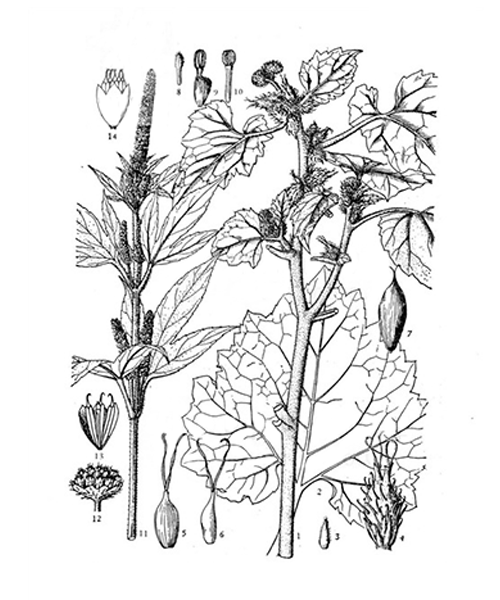
Natural products/compounds from Xanthium sibiricum
- Cat.No. Product Name CAS Number COA
-
BCN9069
Benzyl alcohol100-51-6
Instructions

-
BCN2544
Xanthiazone212701-97-8
Instructions
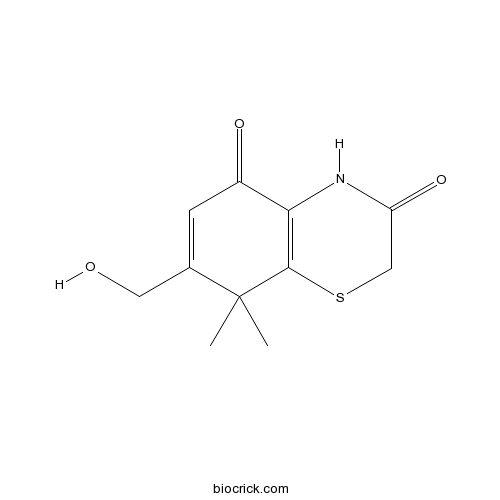
-
BCN5150
Xanthatin26791-73-1
Instructions

-
BCN5913
1,5-Dicaffeoylquinic acid30964-13-7
Instructions
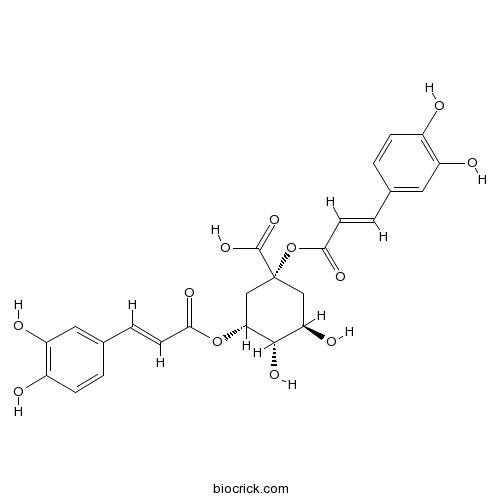
-
BCN5979
Caffeic acid331-39-5
Instructions
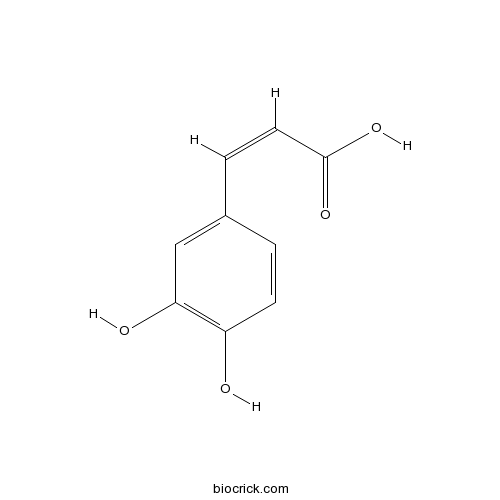
-
BCN5565
Aloeemodin481-72-1
Instructions
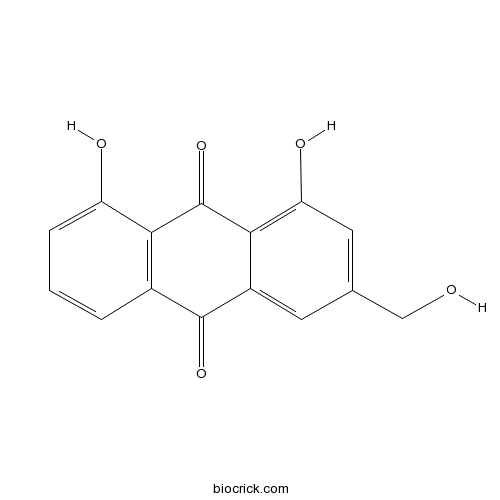
-
BCN5567
Chrysophanol481-74-3
Instructions

-
BCN4090
Uridine58-96-8
Instructions
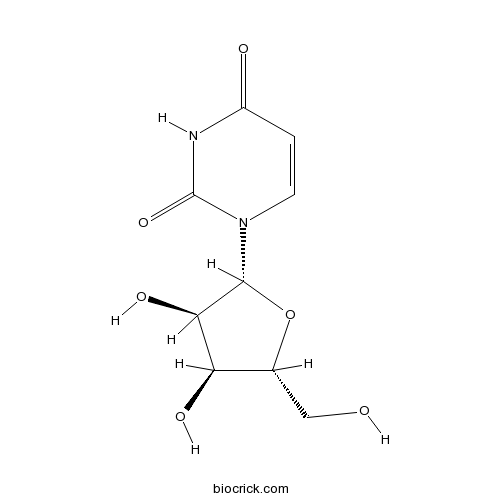
-
BCN2880
Carboxyatractyloside77228-71-8
Instructions

-
BCN2545
Xanthiside866366-86-1
Instructions

-
BCN5907
Cryptochlorogenic acid905-99-7
Instructions

Publisher Correction: Effects of water level regulation on the seed germination and production of annual plant Xanthium sibiricum in the water-level-fluctuating-zone of Three Gorges Reservoir.[Pubmed: 29993009]
A correction to this article has been published and is linked from the HTML and PDF versions of this paper. The error has been fixed in the paper.
A new xanthatin analogue 1β-hydroxyl-5α-chloro-8-epi-xanthatin induces apoptosis through ROS-mediated ERK/p38 MAPK activation and JAK2/STAT3 inhibition in human hepatocellular carcinoma.[Pubmed: 29960031]
1β-hydroxyl-5α-chloro-8-epi-xanthatin (XTT), a sesquiterpene lactone isolated from Xanthium sibiricum, possessed potent cytotoxicity on cancer cells in vitro. The objective of this study was to investigate the anti-tumor effect and underlying mechanisms of XTT on human hepatocellular carcinoma (HCC). Firstly, XTT inhibited the cell growth and induced apoptosis in human HCC cells, which was associated with the induction of Bax and cleaved-caspase-3, inhibition of Bcl-2 and survivin expression. Importantly, XTT induced the generation of reactive oxygen species (ROS) and malondialdehyde (MDA), and depletion of glutathione (GSH) in HCC cells through covalently modification of GSH. Furthermore, XTT caused obvious activation of extracellular regulated protein kinase (ERK) and p38 mitogen-activated protein kinase (p38 MAPK) and inactivation of Janus kinase 2/signal transducer and activator of transcription 3 (JAK2/STAT3) in HCC cells. ROS scavenger N-acetyl cysteine abrogated the effects of XTT on ERK/p38 MAPK activation and JAK2/STAT3 inhibition, and rescued HCC cells from XTT-induced apoptosis. Additionally, inhibitors of ERK/p38 MAPKs or activator of JAK2/STAT3 partially abolished XTT-mediated effect. In summary, XTT inhibited cell growth and induced apoptosis in HCC cells through ROS-mediated ERK/p38 MAPK activation and JAK2/STAT3 inhibition by GSH depletion. These findings also show the therapeutic potential of XTT in HCC.
[Study on lignans from Xanthii Fructus].[Pubmed: 29933677]
This project is to investigate lignans from the dried fruits of Xanthium sibiricum (Xanthii Fructus). The chemical constituents were extract by 70% ethanol and isolated by silica gel, ODS, Sephadex LH-20, MCI column chromatography. Based on comparison of their spectral data with those reported in literature, they were elucidated as (-)-pinoresinol (1), balanophonin A (2), diospyrosin (3), dehydrodiconiferyl alcohol (4), 2-(4-hydroxy-3-methoxyphenyl)-3-(2-hydroxy-5-methoxyphenyl)-3-oxo-1-propanol (5), (-)-simulanol (6), (-)-7R,8S-dehydrodiconiferyl alcohol (7), chushizisin E (8), dihydrodehydrodiconiferyl alcohol (9), 7R,8S-dihydrodehydrodiconiferyl alcohol 4-O-β-D-glucopyranoside (10), erythro-1,2-bis(4-hydroxy-3-methoxyphenyl)-1,3-propanediol (11), leptolepisol D (12), 8-O-4' neolignan 4-O-β-glucopyranoside (13), (-)-1-O-β-D-glucopyranosyl-2-{2-methoxy-4-[1-(E)-propen-3-ol]phenoxyl}-propane-3-ol(14), 1-(4-hydroxy-3-methoxy)-phenyl-2-[4-(1,2,3-trihydroxypropyl)-2-methoxy]-phenoxy-1,3-propandiol (15), threo-dihydroxy dehydrodiconiferyl alcohol (16), (-)-(2R)-1-O-β-D-glucopyranosyl-2-{2-methoxy-4-[(E)-formylviny1]phenoxyl} propane-3-ol (17). Compound 2-17 were isolated from the genus Xanthium for the first time. Compound 1 were isolated form Xanthii Fructus for the first time.
Individual and combined effects of cadmium and polycyclic aromatic hydrocarbons on the phytoremediation potential of Xanthium sibiricum in co-contaminated soil.[Pubmed: 29775102]
Soil contamination with heavy metals and organic pollutants continues to cause major ecological damage and human health problems. Phytoremediation offers a highly promising technology for the recovery of sites contaminated with mixed pollutants. In this study, we performed a greenhouse experiment to investigate the individual and combined effects of cadmium (Cd) and polycyclic aromatic hydrocarbon (PAH) contamination on the growth of Xanthium sibiricum, and also the ability of this species to accumulate and remove Cd and to reduce PAHs over a period of 75 days. Our results demonstrated that individual or combined contamination by Cd and PAHs showed no significant differences to the control treatment except in the high Cd treatment. The reduction of PAH concentration in the soil with the passage of time was similar in the presence or absence of plants. At higher levels of Cd, the removal of pyrene decreased in both planted and non-planted soils; however, this effect might be due to the higher Cd content. Soil dehydrogenase and polyphenol oxidase activities showed that soil contamination did not have a significant effect on the removal of PAHs. Overall, our results suggest that X. sibiricum might be a suitable species for use in the phytoremediation of contaminated soils.
Effects of water level regulation on the seed germination and production of annual plant Xanthium sibiricum in the water-level-fluctuating-zone of Three Gorges Reservoir.[Pubmed: 28698558]
Vegetation effectively slows down the deterioration rate of the ecosystem in the water-level fluctuation zone (WLFZ). In this study, we investigated the impact of impoundment on the germination of seeds from Xanthium sibiricum fruits with various degrees of maturity and produced by X. sibiricum plants growing at different elevations in the WLFZ. Seed production by X. sibiricum under the current water level regulation mode was also investigated. Seeds were collected from seven elevations of the WLFZ of Three Gorges Reservoir (TGR) and exposed at these elevations to submergence. Seed production of the plants germinated from X. sibiricum seeds was observed. The maturity degree of X. sibiricum fruits from different elevations has no influence on the seed production by the plants that are produced from the fruits. Under the present water-level regulation mode, X. sibiricum growing above 155 m are able to generate mature seeds and thus provide seed sources for population maintenance, although the plants growing at an elevation below 165 m failed to produce fruits in 2010 due to unusual flooding. This study is useful for the vegetation recovery and reconstruction in other regions with hydrological characteristics similar to that of the TGR.
Phylogenetic Analysis and Molecular Characterization of Xanthium sibiricum Using DNA Barcoding, PCR-RFLP, and Specific Primers.[Pubmed: 28395362]
None


